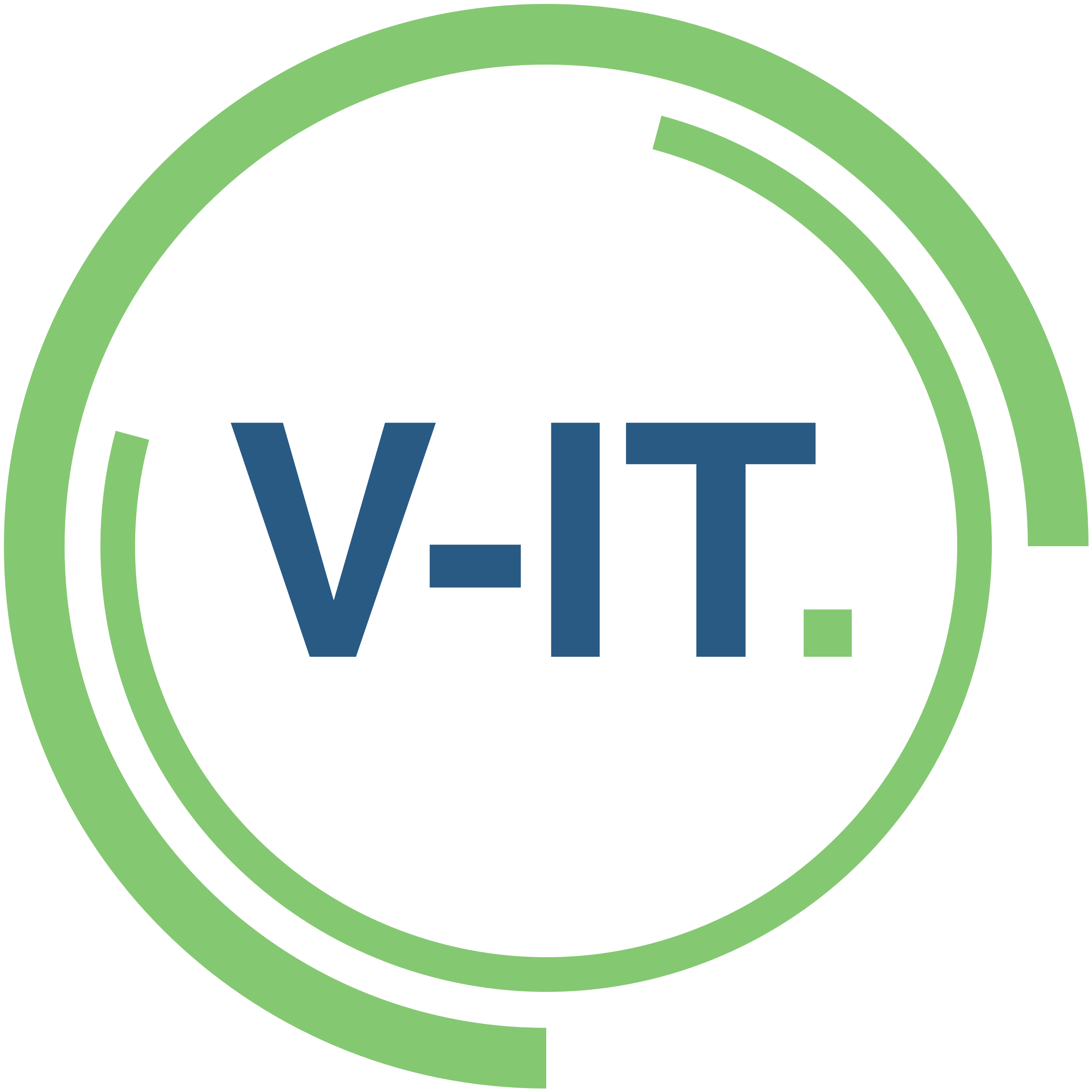
Enterprise IAM Architect
Brussel, BrusselVoor een klant zijn wij op zoek naar een Enterprise IAM Architect.
As an Enterprise IAM Architect, you will partner with our organization to architect, design, optimize and control the implementation of a robust IAM architecture.
That IAM architecture has an ambition to
- Improve the user experience by bringing modern authentication mechanisms enabling SSO and user-friendly onboarding processes
- Be a catalysator in improving time to market of new applications by standardizing the IAM landscape and shaping re-usable components
- Ensuring Security and compliance
- Optimize quantifiable and hidden costs.
The scope of the IAM architecture is both IAM for customers (CIAM) as IAM for workforce (WIAM)
You will work together with the Enterprise Security Architect who is focusing on the security angle, while your responsibility is to safeguard the functional IAM aspects like reference architecture, process design and find the optimal technical solution together with the solution architects.
Since you will partner with the organization, this engagement requires a combination of technical expertise, strategic vision, and the ability to deliver results within agreed-upon timeframes.
Key Responsibilities:
1. Owner reference architecture:
• Define the reference architecture of WIAM and one for CIAM according to the defined roadmap
• Define and design the technical solutions together with the solution architect.
• Guide and control the implementation of the reference architecture to ensure the objectives will be achieved.
2. Owner Extra building blocks
• Define, guide and control the implementation of additional building blocks
• Some examples are integration with ITSME, OneCustomer or special user groups.
3. Technology Evaluation and Recommendations:
• Analyze and evaluate existing and emerging IAM technologies to recommend appropriate solutions.
• Provide assistance and guidance on procurement and deployment of tools such as but not limited to Microsoft Entra, Ping Identity.
4. Policy and Process Development:
• Collaborate with internal and external stakeholders to create or refine IAM policies, standards, and procedures.
• Ensure the integration of (industry) best practices into existing workflows.
5. Stakeholder Engagement:
• Act as a trusted advisor to leadership, ICT teams, and business units.
• Deliver clear, realistic and actionable reports, presentations, and recommendations to both technical and non-technical stakeholders.
6 . Knowledge Transfer and Documentation:
• Provide training and knowledge transfer to internal and/or external teams to ensure continuity post-engagement.
• Develop and/or review detailed documentation for all solutions, including architecture diagrams, policies, and processes.
Required Qualifications:
Experience:
• Proven track record as a IAM Architect or similar role with at least 10 years.
o Knows how digital identity fits into business processes (e.g., onboarding, offboarding, role changes).
o Understands the lifecycle of identities (Joiner–Mover–Leaver)
o Able to map access needs to organizational roles and responsibilities.
• Experience as an external consultant in delivering project-based IAM solutions is preferred.
• Designing, documenting and owning a reference architecture for IAM (Customers and workforce)
• Integration with diverse environments (people, process & technology) e.g. HR, cloud providers, SaaS Solutions
Expertise:
• Being able to translate the requirements towards IAM engineers and technical IAM architects.
• Architectural Thinking (Business Layer)
o Design role models and access control models (e.g., RBAC, policy-based access).
o Align IAM strategy with business goals, compliance needs, and user experience.
o Works on standardization across departments and systems (e.g., common onboarding flows).
• Solid documenting skills (Architecture, policies and processes)
• Understanding of typical IAM concepts, platforms and technologies (SSO, SAML, JWT, 0Auth, SCIM, EntraID, Ping, Okta, RBAC, ABAC, PBAC, …)
Soft Skills:
• Exceptional analytical and problem-solving skills.
• Strong written and verbal communication skills for engaging with diverse international stakeholders.
• Ability to work independently and deliver results under tight deadlines.
• Communication & Change Management
o Explains IAM concepts to non-technical stakeholders.
o Supports training, awareness, and adoption around identity and access processes.
o Manages change impacts when IAM processes or systems are updated.